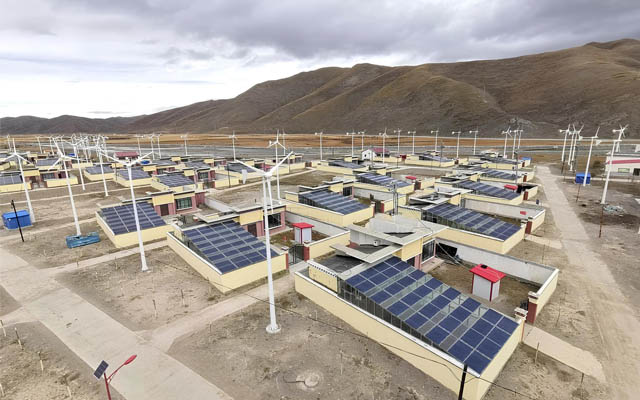In an off-grid wind power system, controlling surplus energy is just as important as generating it. That’s where the wind turbine dump load comes in—a critical safety and performance component that prevents overspeed, overvoltage, and battery overcharge. Whether you’re powering a remote cabin, a hybrid wind-solar system, or a farm off the grid, a dump load ensures stable and reliable energy output.
This article explores how wind turbine dump loads work, why they’re essential for system health, and the best scenarios for their use.
1. What Is a Wind Turbine Dump Load?
A dump load, also called a diversion load or braking load, is a resistive load that automatically absorbs excess electrical energy generated by a wind turbine. When the batteries are full or the load demand is low, the dump load prevents damage by diverting power away from critical components.
In simple terms, it keeps your system safe when the wind doesn’t know when to stop blowing.
2. Why Is a Dump Load Essential for Off-Grid Wind Power?
Unlike grid-tied systems, off-grid wind turbines have no external network to absorb excess energy. Without a dump load, your system can face serious risks such as:
-
Overspeeding rotors
-
Burned-out generators
-
Battery overcharge
-
Inverter and controller failure
-
Mechanical brake overload
A properly sized dump load ensures your wind turbine system operates within safe electrical and mechanical limits, even during turbulent or high-wind conditions.
3. Key Functions of a Wind Turbine Dump Load
✅ Prevents Turbine Overspeed
When wind speeds exceed rated levels, turbine blades spin faster and risk mechanical damage. The dump load increases system load to slow down rotor speed, acting like a smart brake without friction or wear.
✅ Protects Battery Banks from Overcharge
Batteries have strict voltage limits. Once they’re full, any extra charge can overheat, degrade, or even damage them. Dump loads safely redirect this excess energy into a resistive load—often a heating element or resistor bank.
✅ Stabilizes System Voltage
During gusty or sustained high winds, your turbine may produce voltage spikes. Dump loads help regulate output voltage, keeping inverters and other sensitive electronics running within safe ranges.
✅ Reduces Mechanical Brake Wear
While mechanical or electromagnetic brakes are used in emergencies, they wear out quickly if overused. A dump load reduces the need for frequent mechanical braking, extending your turbine’s lifespan and reducing maintenance.
✅ Works Automatically in Remote Locations
In off-grid or unattended systems—such as farms, cabins, or communication towers—the dump load responds automatically to environmental changes, requiring no human intervention.
4. Advanced Uses and Benefits
♻️ Energy Repurposing
Some dump loads use heating elements to convert surplus electricity into useful heat—for space heating, water preheating, or blade de-icing in cold climates. This not only protects your system but also increases overall energy utilization.
🔇 Noise Reduction
By managing rotor speed, dump loads can reduce wind and mechanical noise, especially important in residential or eco-sensitive areas.
⚙️ Integration with Charge Controllers
Modern battery charge controllers work closely with dump loads to monitor voltage and activate diversion loads only when needed. This seamless integration improves safety and efficiency.
5. Typical Applications for Wind Turbine Dump Loads
🏡 Small Wind Turbine Systems
Most small wind turbines under 5kW rely on dump loads to prevent uncontrolled spinning when wind speeds surge or battery banks are full.
☀️🌬 Wind-Solar Hybrid Systems
In hybrid setups, wind energy can fluctuate more rapidly than solar. Dump loads balance this fluctuation, preventing system stress and ensuring smooth energy flow.
🌍 Off-Grid Energy Kits
For off-grid wind power kits deployed in remote villages, farms, or backup systems, dump loads are essential to protect batteries, maintain system voltage, and ensure longevity of all components.
6. How to Choose the Right Dump Load
When selecting a dump load, consider the following:
-
Power rating: Should match or slightly exceed your turbine’s maximum output (e.g., 500W turbine = 500W+ dump load).
-
Voltage compatibility: 12V, 24V, or 48V systems require matching dump loads.
-
Control method: Manual switch, relay-based, or controller-integrated dump loads.
-
Resistor type: Choose air-cooled resistors or heating elements depending on your energy reuse plans.
💡 Pro tip: Choose a dump load system that integrates with your charge controller and matches your battery type (AGM, lithium, etc.) for maximum protection.

